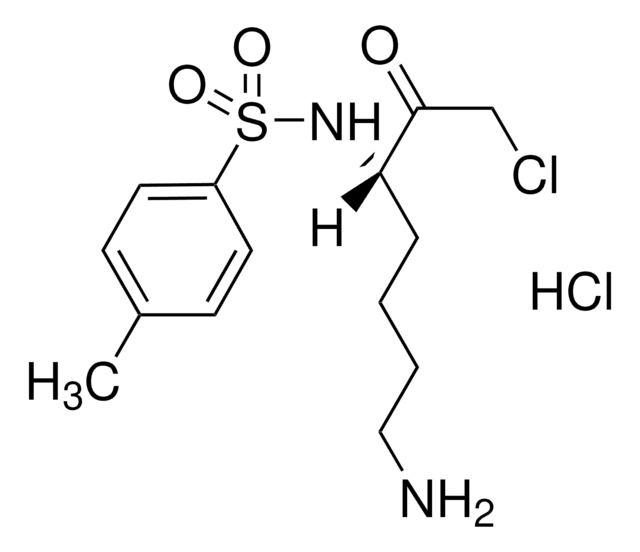BCR156R
Dibenz[c,h]acridine
BCR®, certified reference material
About This Item
Recommended Products
grade
certified reference material
Agency
BCR®
manufacturer/tradename
JRC
technique(s)
HPLC: suitable
gas chromatography (GC): suitable
format
neat
storage temp.
2-8°C
SMILES string
c1ccc2c(c1)ccc3cc4ccc5ccccc5c4nc23
InChI
1S/C21H13N/c1-3-7-18-14(5-1)9-11-16-13-17-12-10-15-6-2-4-8-19(15)21(17)22-20(16)18/h1-13H
InChI key
BTVBCAKHMZHLFR-UHFFFAOYSA-N
Analysis Note
BCR156R
Legal Information
Signal Word
Warning
Hazard Statements
Precautionary Statements
Hazard Classifications
Carc. 2
Storage Class Code
11 - Combustible Solids
WGK
WGK 3
Flash Point(F)
Not applicable
Flash Point(C)
Not applicable
Regulatory Listings
Regulatory Listings are mainly provided for chemical products. Only limited information can be provided here for non-chemical products. No entry means none of the components are listed. It is the user’s obligation to ensure the safe and legal use of the product.
JAN Code
BCR156R-10MG:
Choose from one of the most recent versions:
Certificates of Analysis (COA)
Sorry, we don't have COAs for this product available online at this time.
If you need assistance, please contact Customer Support.
Already Own This Product?
Find documentation for the products that you have recently purchased in the Document Library.
Customers Also Viewed
Our team of scientists has experience in all areas of research including Life Science, Material Science, Chemical Synthesis, Chromatography, Analytical and many others.
Contact Technical Service
![Dibenz[a,h]acridine BCR®, certified reference material](/deepweb/assets/sigmaaldrich/product/structures/383/751/70b25872-405f-49b1-b76b-ed5e018ce265/640/70b25872-405f-49b1-b76b-ed5e018ce265.png)
![Dibenz[a,c]acridine BCR®, certified reference material](/deepweb/assets/sigmaaldrich/product/structures/409/012/e2e7efd7-cd34-4a89-b5b5-bf5a65110e69/640/e2e7efd7-cd34-4a89-b5b5-bf5a65110e69.png)



![Dibenz[a,i]acridine BCR®, certified reference material](/deepweb/assets/sigmaaldrich/product/structures/531/045/5d4c722d-9928-44fb-8bbb-7f4e27442f63/640/5d4c722d-9928-44fb-8bbb-7f4e27442f63.png)



![Benzo[h]quinoline 97%](/deepweb/assets/sigmaaldrich/product/structures/344/715/928932d2-4ca4-4402-b56c-85a80100ce17/640/928932d2-4ca4-4402-b56c-85a80100ce17.png)